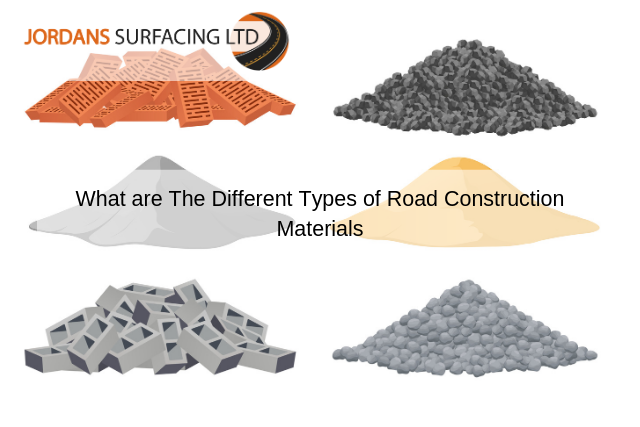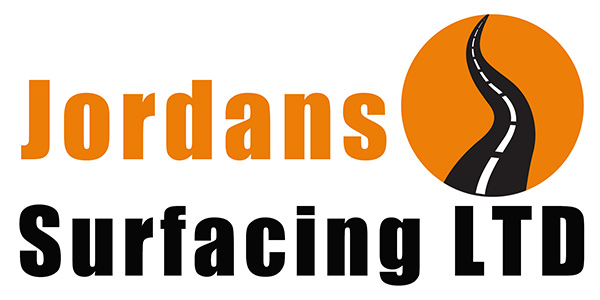
Let us, therefore, take a look at some of the different materials that are employed when designing a road as well as the unique attributes of each.
Concrete
Concrete is one of the most traditional road surfaces and its presence can be traced as far back as the Roman times. Concrete is generally employed within areas that are not typically associated with a high level of traffic (such as local roads). We should also note that this material is used to create sidewalks and other paths utilised by pedestrians.
Asphalt
Companies which provide high quality road surfacing work will often use asphalt, and for good reason. This substance was first introduced in the 1920s, as it offered superior levels of flexibility in terms of installation alongside excellent water resistance.
Asphalt is now commonly seen on major motorways as well as smaller roads. Asphalt is also considered to represent a low-cost material and it is simple to repair should a crack or a pothole suddenly appear.
Aggregate Materials
There are also times when a combination of asphalt and concrete may be employed. This is particularly common when repairing damaged roads, as this aggregate can be placed directly atop the existing surface.
Companies will sometimes choose this method when addressing pothole repairs, as it is a cost-effective option when compared to other alternatives.
The main takeaway point is that customers have a number of options to select when repairing a road. However, these very same materials can be used to address domestic requirements such as driveways and footpaths.
If you would like to learn more about road surfacing materials or to schedule a consultation, please contact Jordans Surfacing directly.
